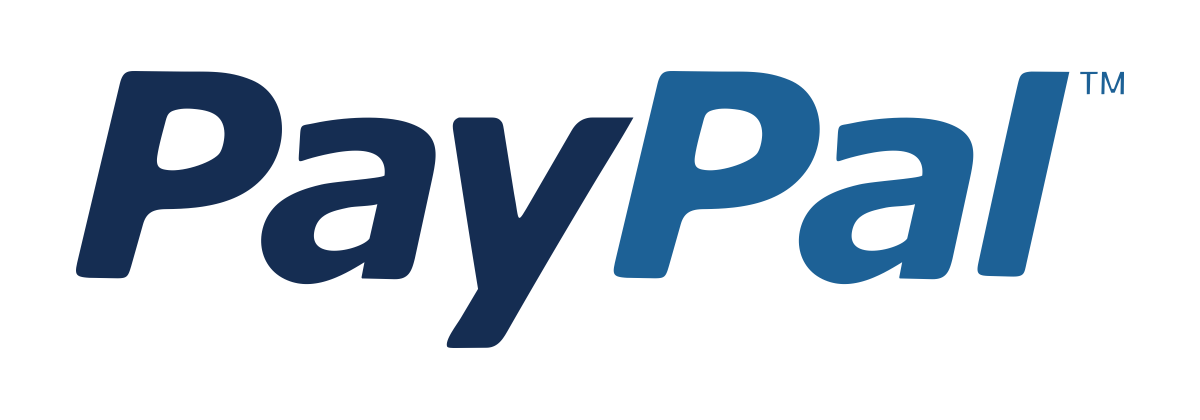Streamlit
Learn to build and deploy interactive data apps with Streamlit—turn your Python scripts into powerful, shareable web applications.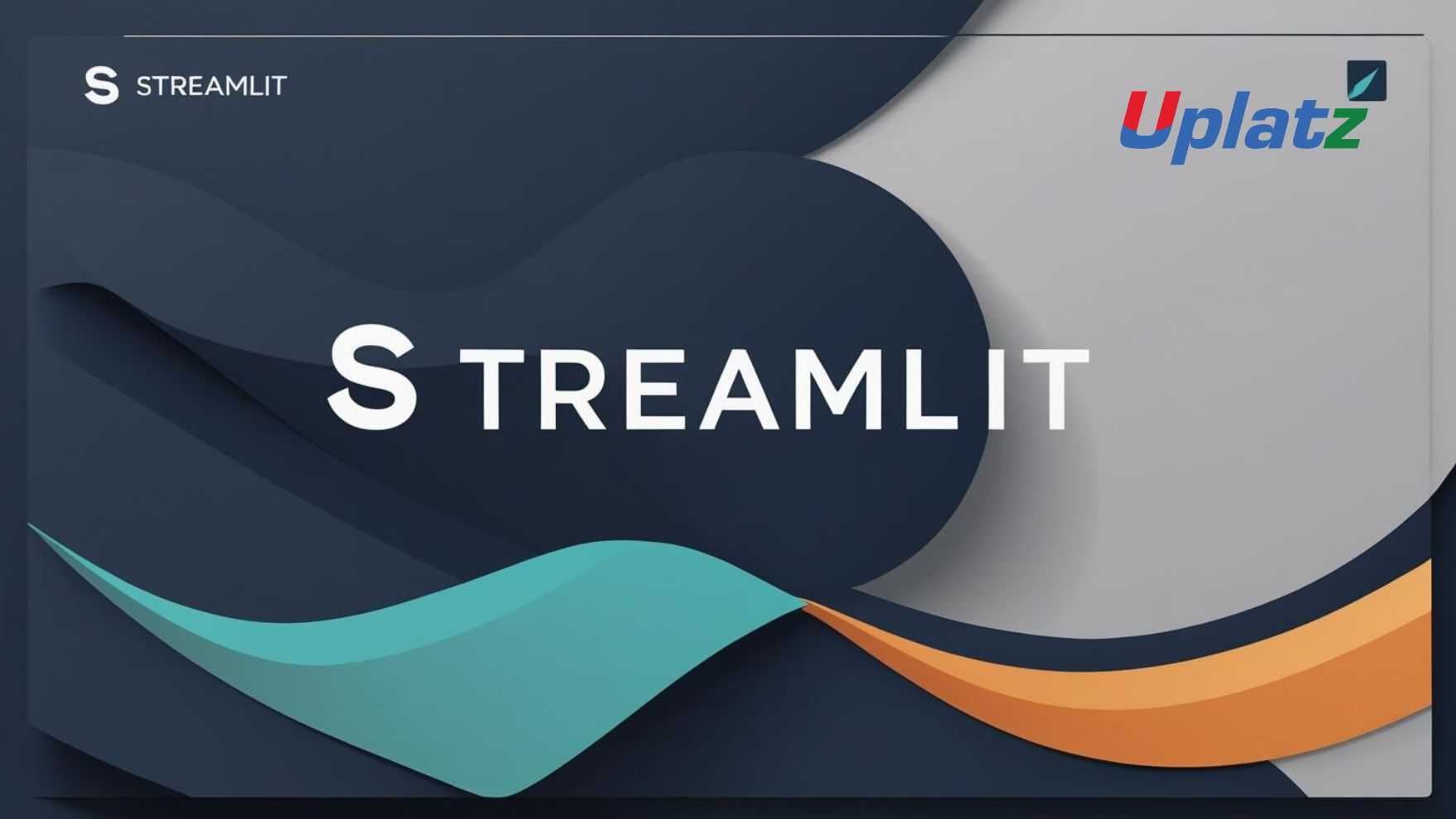 Price Match Guarantee
Full Lifetime Access
Access on any Device
Technical Support
Secure Checkout
Course Completion Certificate
Price Match Guarantee
Full Lifetime Access
Access on any Device
Technical Support
Secure Checkout
Course Completion Certificate
 96% Started a new career
BUY THIS COURSE (
96% Started a new career
BUY THIS COURSE (GBP 12 GBP 29 )-
 86% Got a pay increase and promotion
86% Got a pay increase and promotion
Students also bought -
-
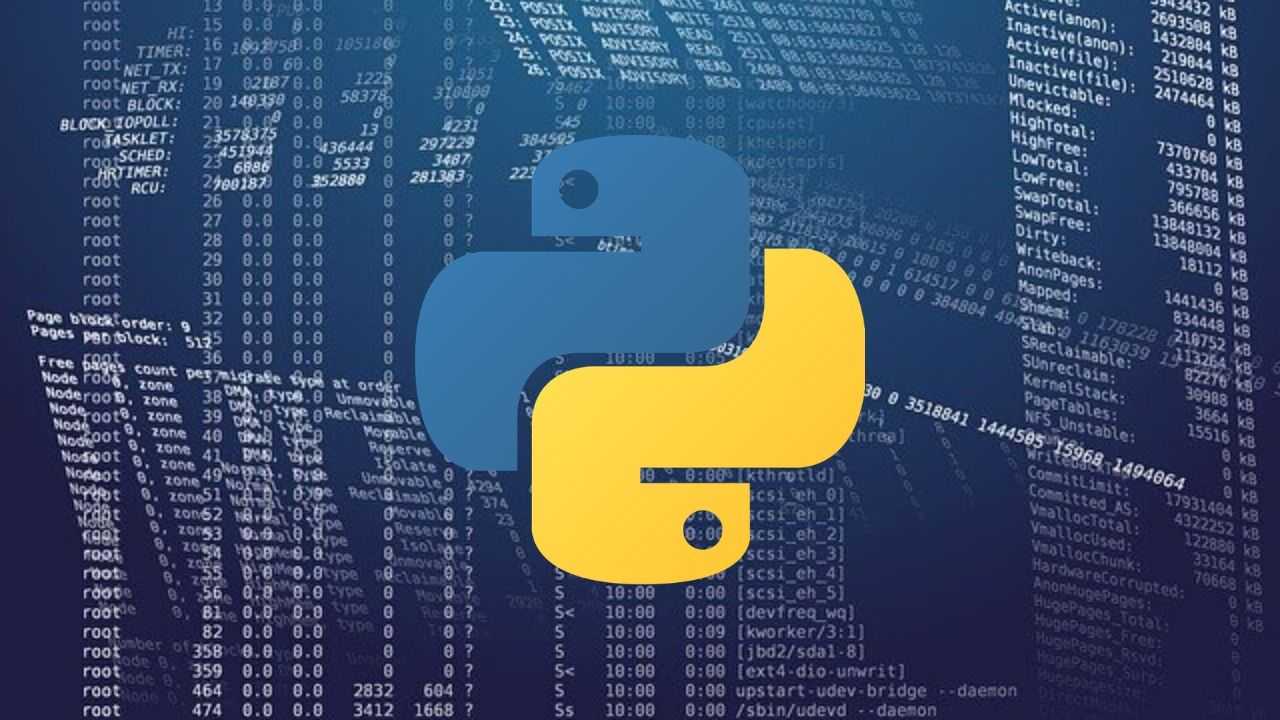
- Python Programming
- 25 Hours
- GBP 12
- 2642 Learners
-
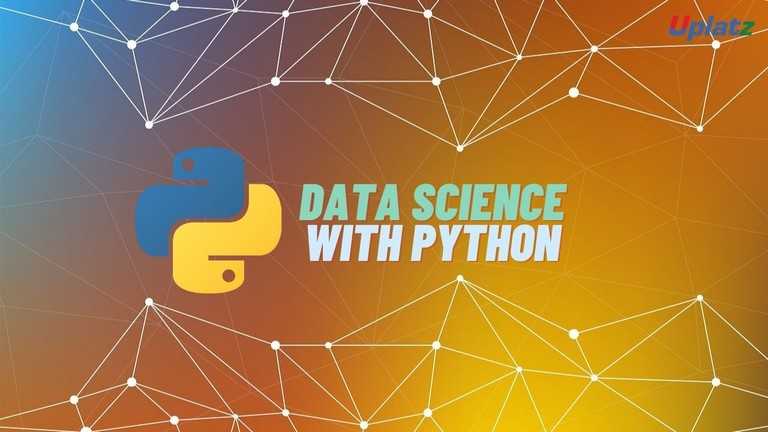
- Data Science with Python
- 45 Hours
- GBP 12
- 2931 Learners
-
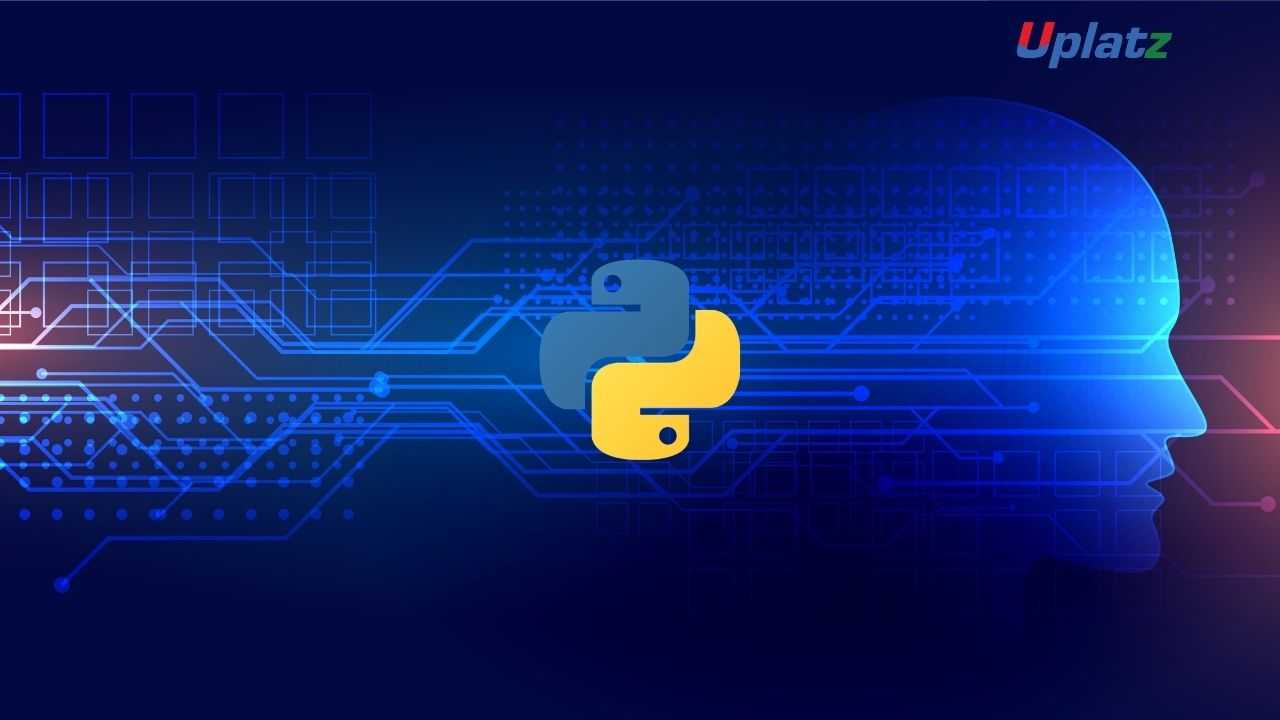
- Machine Learning with Python
- 25 Hours
- GBP 12
- 3518 Learners
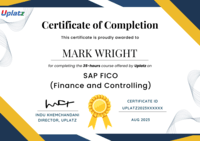
Streamlit: Data App Development with Python is an engaging, practical, and self-paced course that introduces learners to one of the most innovative tools for building interactive data applications. Designed for data scientists, Python developers, business analysts, and anyone passionate about visualising and sharing data, this course transforms the way you approach data app creation. It eliminates the traditional complexities of front-end web development, allowing you to focus entirely on your Python code and analytical logic.
Streamlit is a powerful, open-source Python framework that bridges the gap between data analysis and interactive web app development. It empowers learners to turn static Python scripts into dynamic, visually appealing, and fully functional web applications within minutes. Unlike traditional web frameworks that require knowledge of HTML, CSS, or JavaScript, Streamlit provides an intuitive and declarative interface where a few lines of Python are enough to produce responsive dashboards, visualisations, and widgets. This simplicity makes it a preferred tool among professionals who wish to demonstrate machine learning models, communicate insights, or share analytical results interactively.
At its foundation, Streamlit embodies accessibility, speed, and productivity. The course begins by familiarising learners with the Streamlit interface, installation process, and core concepts such as scripts, widgets, and session states. Through guided exercises, participants learn how to transform raw Python scripts into structured and responsive applications. This early stage lays the groundwork for understanding how Streamlit automatically updates components in response to user input, enabling highly interactive experiences without complex event handling.
The learning journey then advances toward incorporating data visualisation and analytical features. Learners explore how to integrate libraries such as Matplotlib, Plotly, Seaborn, and Altair to build comprehensive dashboards. Emphasis is placed on best practices for designing clear, interpretable, and aesthetically balanced layouts. By working on real-world datasets, learners develop the ability to create visual narratives that communicate key trends, insights, and predictions effectively.
A distinctive feature of this course is its focus on interactivity and user engagement. Participants learn to add widgets—such as sliders, dropdowns, and buttons—that allow end users to manipulate data inputs and observe real-time changes in outputs. This component demonstrates the power of Streamlit as a medium for building exploratory tools and prototypes that respond dynamically to user preferences. Whether for internal dashboards, public data portals, or personal projects, this capability transforms data from static outputs into interactive stories.
The course also delves deeply into advanced functionalities that make Streamlit a complete data app development environment. Learners are introduced to session states and caching mechanisms, which are crucial for optimising performance and managing user interactions. They explore methods for connecting Streamlit apps to external data sources such as APIs, SQL databases, and cloud storage platforms. This integration allows the creation of live applications that pull in fresh data, perform real-time analysis, and update outputs automatically.
Another central module focuses on the integration of machine learning models into Streamlit apps. Through practical examples, learners discover how to load pre-trained models, perform predictions, and display results interactively. This segment bridges data science and deployment, illustrating how models built in libraries like scikit-learn, TensorFlow, or PyTorch can be embedded in user-friendly web interfaces. The result is a complete end-to-end workflow—from data preparation and model training to visualisation and deployment—executed seamlessly within Python.
As learners progress, they gain hands-on experience in designing multi-page applications and reusable components. The course demonstrates how to structure projects for scalability and maintainability, a crucial skill for professional developers and research teams. It also introduces the use of custom themes and layout controls, empowering participants to design apps that reflect their branding or organisational identity.
Deployment is a vital aspect of any modern development workflow, and this course provides comprehensive coverage of deploying Streamlit applications to the cloud. Learners explore multiple hosting options, including Streamlit Community Cloud, GitHub integration, and third-party platforms such as AWS, Google Cloud, and Heroku. Detailed demonstrations guide them through best practices in authentication, version control, and continuous deployment. By the end of this stage, participants will have the confidence to publish, share, and maintain their Streamlit projects online, making them accessible to clients, collaborators, or the wider community.
Throughout the course, emphasis is placed on collaboration and reproducibility. Learners are encouraged to follow structured coding conventions, document their apps effectively, and share reusable templates with peers. The course also highlights how Streamlit supports open collaboration by integrating seamlessly with version-control systems like GitHub, making it ideal for academic researchers, data science teams, and organisations practicing agile or collaborative development.
In addition to technical learning, the course nurtures creativity and innovation. Each module is accompanied by mini-projects that challenge learners to apply concepts to real-world scenarios. For example, learners might build a sales analytics dashboard, a climate-data explorer, a stock-price predictor, or a customer-feedback sentiment analyser. These projects not only reinforce the lessons but also help learners assemble a professional portfolio of applications that demonstrate their skills to potential employers or clients.
By the end of this comprehensive journey, learners will have gained the confidence to develop, customise, and deploy data-driven applications independently. They will have mastered how to use Streamlit’s simple yet powerful syntax to convert ideas into interactive tools that can inform decision-making, engage users, and communicate insights effectively.
What You Will Gain
-
Build interactive dashboards and apps with Streamlit: Learn to transform Python scripts into dynamic, shareable web applications with interactive elements.
-
Use Python for visualisations, widgets, and forms: Create rich user interfaces that collect input and display analytical results instantly.
-
Integrate machine learning models into live apps: Deploy predictive models with real-time inference and visual feedback.
-
Connect apps to APIs and databases: Build data-driven systems that fetch, process, and display live information from external sources.
-
Deploy Streamlit apps to the cloud for sharing: Host and share your applications globally without complex server setup.
Who This Course Is For
-
Data Scientists who want to showcase models and analytical findings through interactive interfaces.
-
Python Developers aiming to create lightweight, responsive web applications efficiently.
-
Business Analysts seeking to design dashboards and tools without learning front-end coding.
-
Students & Researchers presenting data projects interactively for academic or professional purposes.
-
Startups & Entrepreneurs looking to prototype and test data-driven ideas quickly and cost-effectively.
This course ultimately empowers learners to bridge the gap between coding and communication. With Streamlit, they can not only perform data analysis but also share their results through elegant, user-friendly web applications—turning insights into impact, all within the power of Python.
By the end of this course, you will be able to:
-
Install and set up Streamlit in Python
-
Build dashboards with charts, maps, and interactive widgets
-
Create forms and filters for user input
-
Deploy apps on Streamlit Cloud, Heroku, or AWS
-
Share real-time interactive data apps with stakeholders
Course Syllabus
Module 1: Introduction to Streamlit
Module 2: Setting Up Your First App
Module 3: Layouts, Widgets & Interactivity
Module 4: Data Visualization with Python (Matplotlib, Plotly, Altair)
Module 5: Connecting APIs & Databases
Module 6: Deploying Machine Learning Models with Streamlit
Module 7: Real-World Projects (Stock Dashboard, Sentiment Analyzer, Sales Tracker)
Module 8: Deployment on Cloud Platforms
Module 9: Interview Questions & Answers
Upon completion, learners will receive a Certificate of Completion from Uplatz validating their expertise in data app development with Streamlit.
This course prepares learners for roles such as:
-
Data Scientist
-
Machine Learning Engineer
-
Business Intelligence Analyst
-
Python Developer
-
Research Analyst
-
What is Streamlit and why is it popular among data scientists?
Answer: Streamlit is an open-source Python library that allows fast creation of interactive apps without front-end coding, making it popular for data science presentations. -
How do you run a Streamlit app?
Answer: By saving a Python script with Streamlit code and runningstreamlit run filename.pyin the terminal. -
Can Streamlit be used for machine learning apps?
Answer: Yes, it can integrate ML models and allow users to interact with predictions through input widgets. -
What are Streamlit widgets?
Answer: Interactive UI elements such as sliders, text inputs, checkboxes, and dropdowns that allow user interaction. -
How does Streamlit handle data visualization?
Answer: It supports libraries like Matplotlib, Plotly, Altair, and Seaborn to create interactive charts. -
Can Streamlit apps be deployed to the cloud?
Answer: Yes, via Streamlit Cloud, Heroku, AWS, GCP, or Docker. -
What are the advantages of Streamlit over Flask or Django?
Answer: Streamlit is faster for prototyping data apps, while Flask/Django are more robust for full web development. -
What is caching in Streamlit and why is it important?
Answer: Caching (st.cache_data) stores computation results to speed up app performance by avoiding redundant processing. -
What are common limitations of Streamlit?
Answer: Limited support for complex front-end customization and high scalability compared to traditional frameworks. -
How would you use Streamlit in a business setting?
Answer: To build dashboards for sales tracking, customer insights, or to demonstrate machine learning models to stakeholders.







